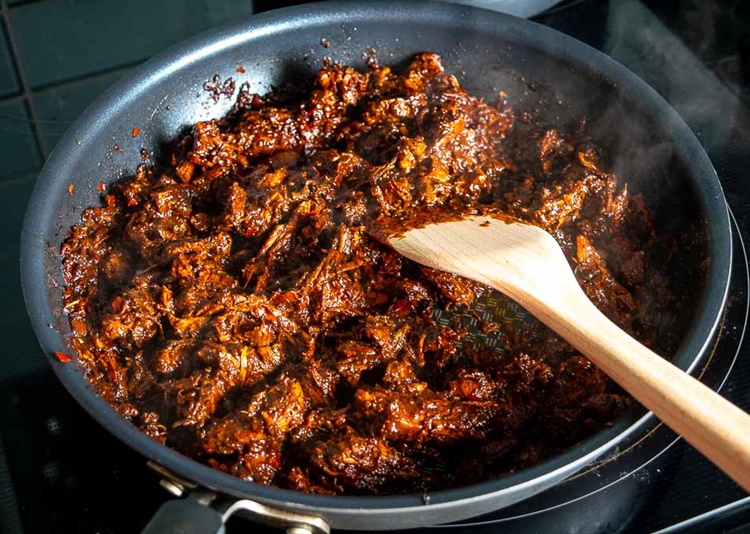ADOBO – Here is the epic story behind this beloved Filipino dish that most of us probably didn’t know.
Adobo is one of the most iconic and beloved dishes in Filipino cuisine. It is typically served with steamed white rice, which complements its rich and tangy flavors. It is often served during family gatherings, fiestas, and special occasions.
The cuisine is often enjoyed with a side of pickled vegetables or a simple salad to balance its savory taste.

The dish is a flavorful and aromatic dish that combines meat, usually chicken or pork, marinated in vinegar, soy sauce, garlic, bay leaves, and black peppercorns. The dish is then simmered until the meat is tender and the sauce has thickened.
COOKING
The meat is marinated in a mixture of vinegar, soy sauce, garlic, bay leaves, and black peppercorns. This step infuses the meat with flavor and tenderizes it. The marinated meat is browned in a pot to develop a rich, savory flavor.
The remaining marinade is added back to the pot along with water or broth, and the dish is simmered until the meat is tender and the sauce has thickened.

TYPES
- Chicken Adobo – Uses chicken as the main protein.
- Pork Adobo – Uses pork, often with belly or shoulder cuts.
- Adobong Pusit – A version that uses squid, adding a different texture and flavor.
- Adobong Kangkong – A vegetarian version that uses water spinach.

HISTORY
Adobo has roots in the pre-colonial period of the Philippines, with the original method involving the use of vinegar and salt to preserve meat. The Spanish colonizers, who arrived in the 16th century, named the dish “adobo,” which means “marinade” or “sauce” in Spanish.
Despite the Spanish influence, adobo remains distinctly Filipino, with various regions and households having their own versions.
Adobo is more than just a dish, it is a symbol of Filipino culture and hospitality. Whether you’re enjoying a traditional adobo recipe or a modern variation, this dish offers a taste of the Philippines’ rich culinary heritage.
